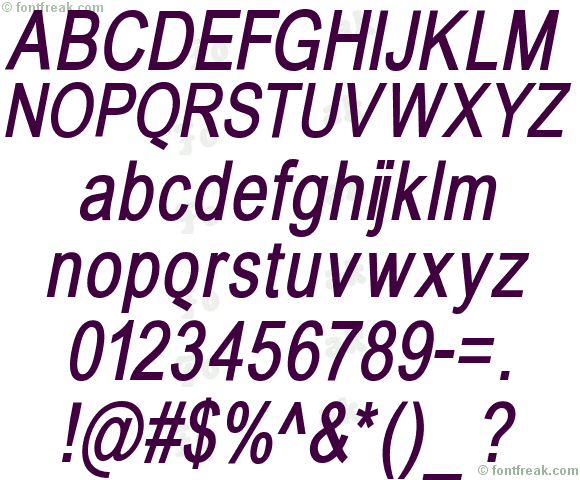

Webpack 5.4.0 compiled successfully in 2231 ms node_modules/css-loader/dist/cjs.js !./src/style.css 326 bytes node_modules/css-loader/dist/runtime/api.js 1.57 KiB node_modules/style-loader/dist/runtime/injectStylesIntoStyleTag.js 6.67 KiB Now run your build command: $ npm run buildĪsset bundle.js 72.6 KiB (name: main ) 1 related asset Let's try it out by adding a new style.css file to our project and import it in our index.js:Ĭonst element = document.createElement('div') Įlement.innerHTML = _.join(, ' ') Now, when that module is run, a tag with the stringified css will be inserted into the of your html file. This enables you to import './style.css' into the file that depends on that styling. css will be served to the style-loader and the css-loader. Webpack uses a regular expression to determine which files it should look for and serve to a specific loader. If this convention is not followed, webpack is likely to throw errors. The above order of loaders should be maintained: 'style-loader' comes first and followed by 'css-loader'. Finally, webpack expects JavaScript to be returned by the last loader in the chain.

The first loader passes its result (resource with applied transformations) to the next one, and so forth. Each loader in the chain applies transformations to the processed resource.
BABEL FONT VIEWER INSTALL
In order to import a CSS file from within a JavaScript module, you need to install and add the style-loader and css-loader to your module configuration: npm install -save-dev style-loader css-loader Let's make a minor change to our project before we get started: Let's start with CSS, as you may already be familiar with that setup. explicit dependencies) can be applied to everything used in building a website or web app.

This means that the same benefits listed above for JavaScript (e.g. One of the coolest webpack features is that you can also include any other type of file, besides JavaScript, for which there is a loader or built-in Asset Modules support. This is great because every module now explicitly states its dependencies and we'll avoid bundling modules that aren't in use. The same idea was used for JavaScript modules, but tools like webpack will dynamically bundle all dependencies (creating what's known as a dependency graph). Prior to webpack, front-end developers would use tools like grunt and gulp to process these assets and move them from their /src folder into their /dist or /build directory. Now let's try to incorporate some other assets, like images, to see how they can be handled. If you've been following the guides from the start, you will now have a small project that shows "Hello webpack".


 0 kommentar(er)
0 kommentar(er)
